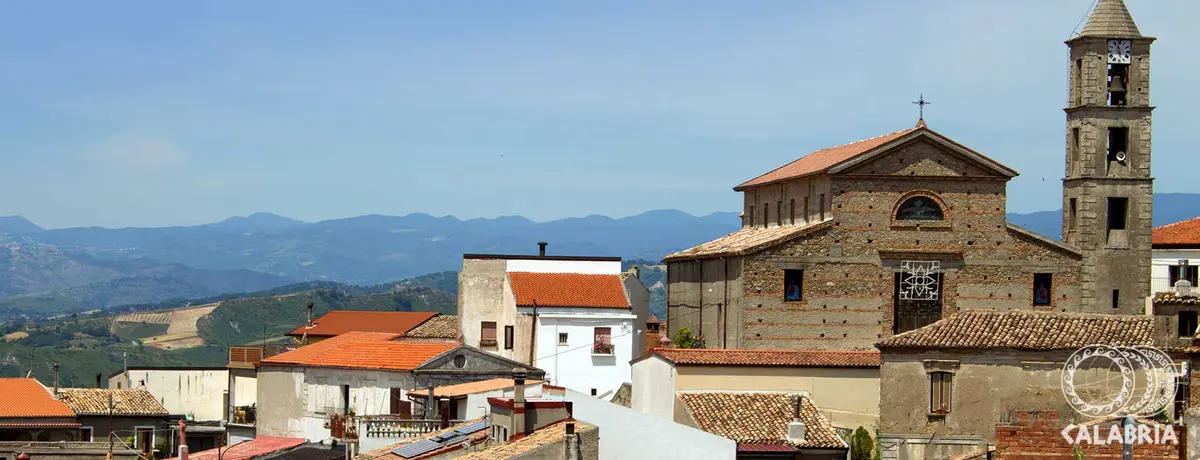Cirò

Art and Culture
Cirò is a medieval town with a well preserved old area characterized by suggestive glimpses, narrow streets, passageways and staircases. The castle is a majestic building with a trapezoidal layout and four towers at the corners, each one different from the others. The town is located between Crotone Ionian seaside and north-eastern Sila mountains. Standing at the center of an area enclosed by the hilly promontory of Punta Alice and Malocutrazzo, the town is the main site of the flat coastal stretch bounded by Santa Venere stream and Lipuda flow. Cirò corresponds to the ancient Psycròn, a windy and fascinating place. Archaeological artefacts found in the area indicate that ancient populations lived there since the Iron Age. Two civilizations harmonically met and fused together: the ingenious and rich Greek people and the elegant and pragmatic Roman people.
During the feudal period, the Lords of Cirò belonged to the families of Ruffo and Carafa, who erected a remarkable defensive system consisting in the castle and fortresses in Madonna d’Itria and Madonna di Mare. Later, the powerful Spinelli family controlled the area. Important remains, including rests of arms, artifacts, walls and tombs ranging from the 13th to 10th centuries B.C., were discovered in the areas of "Cozzo Leone", "S. Elia" and "Serra Sanguigna". Thus, the origins of the thousand-year-old history of Cirò date from the Bronze Age. In the period between the 7th and 6th centuries B.C., however, Greek people, presumably coming from Kroton, populated and fortified the existing ancient Italiote village that developed to the Magna-Graecia town of Psycròn, later called Krimisa (Crimisa or Crimissa). The exact location of Krimisa was long debated among archaeologists; on the basis of the relevant evidences found in the area, however, the experts have agreed that the town originally stood close to present-day Cirò Superiore.
Legend has it that the town was founded by Philoctetes and named Crimissa; the Greek geographer Strabo located it on a hill overlooking the seaside. The main archaic town area stood in Cirò, probably in the site called “Cozzo Leone”, while the necropolis was located in “S. Elia” area. The urban settlement developed along the coast probably during the Classical period, when the town was rich enough to defend and control the area. It was a flourishing period: some worship temples were erected in different locations. The temple dedicated to Apollo is the most famous of all, due to the discovery of some capitals and architectural features by the archaeologist Paolo Orsi.
Many local sites or dialect terms derive from Greek words: the name Santa Venere is a very significant example. During the Punic wars, the town of Krimisa was plundered by Romans and Carthaginian armies, and repeatedly destroyed during the Gothic wars. Exhausted by long wars and raids, local population abandoned the coastal area and sought refuge on the hills that were strategically located. The ancient area corresponding to present-day Cirò, was thus repopulated. The Cirò DOC wine is the main product that drives the entire economy of the area. It is an export hit all over the world. Local olive oil is another flagship product, and important agro-industrial activities have developed in the area.
No result









